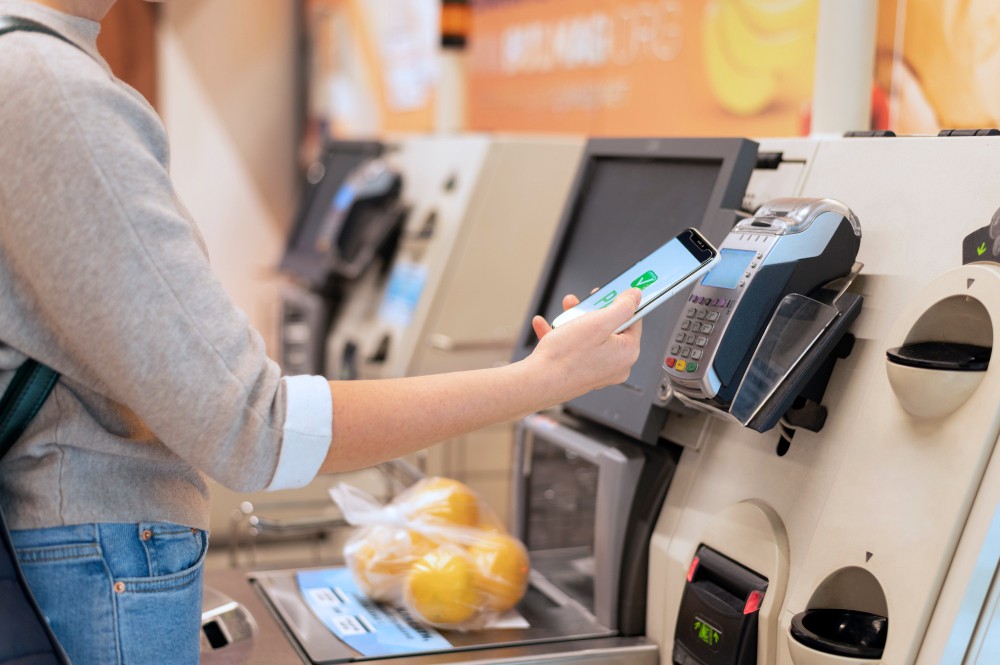Running a Busy Kitchen? How POS Can Help

Managing a busy restaurant kitchen is no small feat. Between coordinating orders, maintaining quality, tracking inventory, and ensuring timely service, it’s easy for things to spiral into chaos—especially during peak hours. That’s where a Point of Sale (POS) system comes in. Far more than just a way to process payments, a modern POS system is a vital tool that helps streamline operations and keep your kitchen running like a well-oiled machine.
In this blog, we’ll explore how a POS system can dramatically improve kitchen efficiency, reduce errors, and enhance the overall dining experience.
1. Streamlined Order Management
During lunch or dinner rush, handwritten tickets and verbal communication often lead to errors and delays. A POS system eliminates this problem by sending digital orders directly from the front-of-house to the kitchen display system (KDS). Whether it’s a dine-in, takeout, or online order, the kitchen receives it instantly and clearly.
This automation reduces miscommunication, speeds up prep times, and ensures the kitchen staff focuses on cooking instead of deciphering messy handwriting or verbal notes.
2. Real-Time Communication Between Front and Back of House
A POS system creates a seamless connection between servers and kitchen staff. When a customer requests a change—like no onions or an allergy warning—the server can input this directly into the POS. The kitchen gets the update in real-time, avoiding the need for back-and-forth clarifications.
In fast-paced environments, this tight communication loop helps prevent mistakes, minimizes food waste, and results in a better dining experience for customers.
3. Order Prioritization and Course Timing
Smart POS systems enable order routing and prioritization, which is essential when managing high-volume kitchens. For instance, if a table orders appetizers, mains, and desserts all at once, the POS can separate and time those courses for delivery at the right moments.
This prevents servers from delivering all dishes at once or having long gaps between courses—ensuring better pacing, which is critical for both fine dining and casual settings.
4. Inventory Control in Real Time
POS systems with inventory management features track ingredients as they are used, updating stock levels in real-time. When the kitchen prepares a dish, the system automatically deducts the corresponding ingredients from the inventory.
This real-time insight allows kitchen managers to:
- Monitor which items are running low
- Adjust the menu dynamically
- Minimize overstocking and spoilage
It also helps prevent awkward moments where staff need to inform customers that a menu item is unavailable due to missing ingredients.
5. Performance Monitoring and Reporting
A POS system doesn’t just manage the workflow—it also provides data and insights. Restaurant managers can track:
- Kitchen ticket times
- Most frequently ordered dishes
- Peak operational hours
- Staff performance metrics
These insights allow decision-makers to identify bottlenecks, retrain staff where necessary, and optimize prep processes. Over time, this leads to greater efficiency and customer satisfaction.
6. Integration With Online Orders and Delivery Apps
With more customers ordering food online, integration with third-party delivery platforms is essential. POS systems can automatically pull online orders into the same kitchen workflow as dine-in or takeout, ensuring no orders get lost or overlooked.
This helps the kitchen stay organized during peak times and ensures consistent food quality, whether served in-house or delivered to a customer’s doorstep.
7. Staff Efficiency and Accountability
Modern POS systems allow staff to clock in and out, track tasks, and even assign roles for different stations in the kitchen. This helps managers assign duties more effectively, avoid confusion, and hold employees accountable for performance.
With clearer expectations and better tracking, overall team productivity improves—especially in high-stress, fast-paced kitchen environments.
Conclusion
Running a busy kitchen requires more than skilled chefs and good food. It takes coordination, speed, and precision—qualities that a well-implemented POS system brings to the table. From streamlining orders and managing inventory to improving communication and tracking performance, the right POS can be the difference between a chaotic kitchen and a controlled, high-performing operation.
If you’re managing a restaurant kitchen and struggling with inefficiencies, it might be time to upgrade your tech stack. A smart POS system isn’t just a convenience—it’s a necessity for long-term success.






